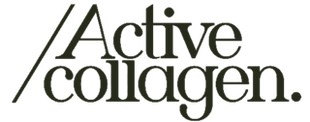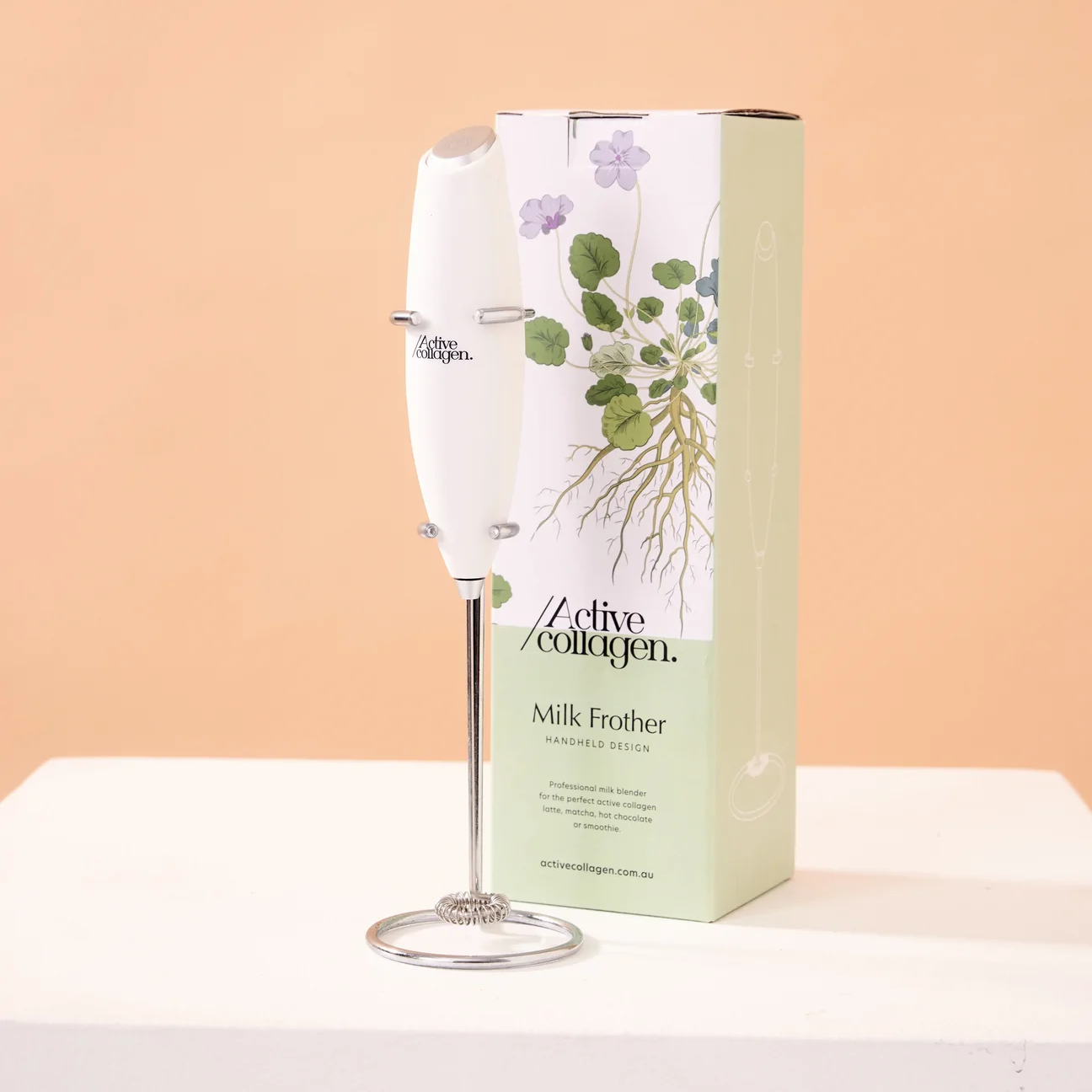If you’re reading this, you’ve managed to get through the last 3 or so years of the dreaded spicy cough – C%@!#-19. And you’ve probably also become more aware of your immune health, including the importance of getting enough vitamin C.
However, vitamin C isn’t only a powerful promoter of our immunity. Its effects extend throughout our body in numerous ways that are fundamental for processes to take place and our overall health. Vitamin C or ascorbic acid is an essential water-soluble micronutrient that can only be obtained through diet – our bodies can’t produce it.
Unfortunately, taking a vitamin C chew every time we feel like we’re coming down with something isn’t going to cut it. Let’s double click on vitamin C and get into the nitty gritty.
Roles of Vitamin C
As an Antioxidant
Vitamin C plays a major role in our body as an antioxidant, meaning it scavenges reactive oxygen species (ROS) and free radicals to eliminate from the body. ROS and free radicals are produced in the body during cell metabolism and due to lifestyle factors such as poor diet, smoking, UV radiation, environmental pollutants and alcohol or drug consumption. ROS and free radicals are usually kept in balance through proper elimination by the abundance of mighty antioxidants such as vitamin C. If there is an imbalance of ROS to antioxidants in the body this can cause significant oxidative stress. This heightened oxidative stress is related to chronic disease development including cancer and stroke. So, it’s no wonder getting enough daily vitamin C is seriously recommended.
Absorption of Iron
When it comes to enhancing the body’s absorption of non-haem iron – the less efficiently absorbed form of iron – we can’t look past vitamin C. Although iron deficiency is seen in large numbers globally, iron deficiency is particularly seen in women of child-bearing age in Australia. This group is the most at risk of deficiency with an incidence of 20% due to menstrual blood loss, lower dietary intakes and increased need. This is where vitamin C comes in. When consuming non-haem sources of iron – plant-based forms like legumes, tofu and dark leafy greens – pair it with a vitamin C rich source like lemon juice to promote the formation of absorbable iron and avoid oxidation of ferric iron which is insoluble.
Collagen Production
We may be bias, but vitamin C’s role in collagen production is amazing! Collagen is formed from an array of amino acids – small protein molecules – and is found in abundance in our skin. For the proper formation of collagen proteins, there needs to be vitamin C present. Vitamin C serves as a cofactor for both the proline and lysine enzymes that form the structure of collagen molecules. Studies have shown that during periods of low or absent vitamin C there is decreased collagen synthesis. Optimal levels of vitamin C are also paramount for proper wound healing – which is associated with collagen formation – and, once again, acts as an antioxidant in the skin after sun exposure.
What Can Cause Low Vitamin C?
Do you think you’re getting enough vitamin C but somehow still deficient? There could be a number of things at play here.
Underlying infection – Vitamin C is a crucial part of immune health. This includes its role in fighting infection not just for prevention. During infection, there is an increased need for the inflammatory and immune responses that vitamin C is involved in. The enhanced need can deplete stores of vitamin C and lead to deficiency.
Smoking – In smokers, there is increased overall vitamin C loss. Tobacco smoke is toxic and carcinogenic, producing free radicals and increased oxidative stress. Antioxidant levels including vitamin C have been compared between non-smoking and smoking groups. These show significantly increased levels of oxidative stress and lower vitamin C levels amongst smokers.
Restrictive Diets – Vitamin C is predominantly obtained from fruits and vegetables so it’s obvious the correlation between a diet lacking in fruits and vegetables and low vitamin C levels. These kinds of diets are usually seen in lower socioeconomic circumstances where fresh produce may be scarce but can also be seen in higher socioeconomic circumstances that may choose to consume low fresh produce i.e., carnivore diets.
There are guidelines in place that can give you an idea of how much vitamin C is required daily. In Australia, these are provided by the National Health and Medical Research Council which state the recommended amount at 45mg/day, which is super doable if you get in a variety of the following wholefood sources!
Wholefood Sources of Vitamin C
In general, most fruits and vegetables contain vitamin C. However, there are some which have exceptionally higher amounts than others. These include kiwi, orange, kale and broccoli. Other fabulous sources include all citrus, tomatoes, dark leafy greens, potatoes and berries. Though we’d like to shed some light on one berry in particular.
Acerola berry – grown in tropical regions of the world - is another great source of vitamin C, along with its high content of other antioxidants. This berry has been found to contain up to 100 times more vitamin C per 100g than a lemon or orange. And lucky for you, our newest member Active Cycle contains vitamin C in the wholefood form of acerola berry. Here, its primary use is to aid in the absorption of iron that can become depleted over our monthly cycles and to help energy production.
What are you waiting for? Go and squeeze some lemon juice over your avocado toast!
Abdullah, M., Jamil, R. T., & Attia, F. N. (2022). Vitamin C (Ascorbic Acid). In StatPearls. StatPearls Publishing. https://pubmed.ncbi.nlm.nih.gov/29763052/
Sharifi-Rad, M., Anil Kumar, N. V., Zucca, P., Varoni, E. M., Dini, L., Panzarini, E., Rajkovic, J., Tsouh Fokou, P. V., Azzini, E., Peluso, I., Prakash Mishra, A., Nigam, M., El Rayess, Y., Beyrouthy, M. E., Polito, L., Iriti, M., Martins, N., Martorell, M., Docea, A. O., Setzer, W. N., … Sharifi-Rad, J. (2020). Lifestyle, Oxidative Stress, and Antioxidants: Back and Forth in the Pathophysiology of Chronic Diseases. Frontiers in physiology, 11, 694. https://doi.org/10.3389/fphys.2020.00694
Kaźmierczak-Barańska, J., Boguszewska, K., Adamus-Grabicka, A., & Karwowski, B. T. (2020). Two Faces of Vitamin C-Antioxidative and Pro-Oxidative Agent. Nutrients, 12(5), 1501. https://doi.org/10.3390/nu12051501
Young, I., Parker, H. M., Rangan, A., Prvan, T., Cook, R. L., Donges, C. E., Steinbeck, K. S., O'Dwyer, N. J., Cheng, H. L., Franklin, J. L., & O'Connor, H. T. (2018). Association between Haem and Non-Haem Iron Intake and Serum Ferritin in Healthy Young Women. Nutrients, 10(1), 81. https://doi.org/10.3390/nu10010081
Li, N., Zhao, G., Wu, W., Zhang, M., Liu, W., Chen, Q., & Wang, X. (2020). The Efficacy and Safety of Vitamin C for Iron Supplementation in Adult Patients With Iron Deficiency Anemia: A Randomized Clinical Trial. JAMA network open, 3(11), e2023644. https://doi.org/10.1001/jamanetworkopen.2020.23644
Pullar, J. M., Carr, A. C., & Vissers, M. C. M. (2017). The Roles of Vitamin C in Skin Health. Nutrients, 9(8), 866. https://doi.org/10.3390/nu9080866
Carr, A. C., & Maggini, S. (2017). Vitamin C and Immune Function. Nutrients, 9(11), 1211. https://doi.org/10.3390/nu9111211
Karademirci, M., Kutlu, R., & Kilinc, I. (2018). Relationship between smoking and total antioxidant status, total oxidant status, oxidative stress index, vit C, vit E. The clinical respiratory journal, 12(6), 2006–2012. https://doi.org/10.1111/crj.12757
Melse-Boonstra A. (2020). Bioavailability of Micronutrients From Nutrient-Dense Whole Foods: Zooming in on Dairy, Vegetables, and Fruits. Frontiers in nutrition, 7, 101. https://doi.org/10.3389/fnut.2020.00101
National Health and Medical Research Council. (2006). Vitamin C. Nutrient Reference Values. https://www.eatforhealth.gov.au/nutrient-reference-values/nutrients/vitamin-c
Prakash, A., & Baskaran, R. (2018). Acerola, an untapped functional superfruit: a review on latest frontiers. Journal of food science and technology, 55(9), 3373–3384. https://doi.org/10.1007/s13197-018-3309-5




